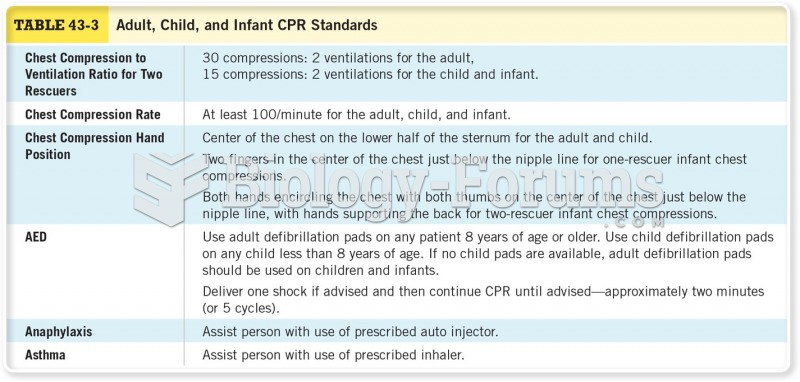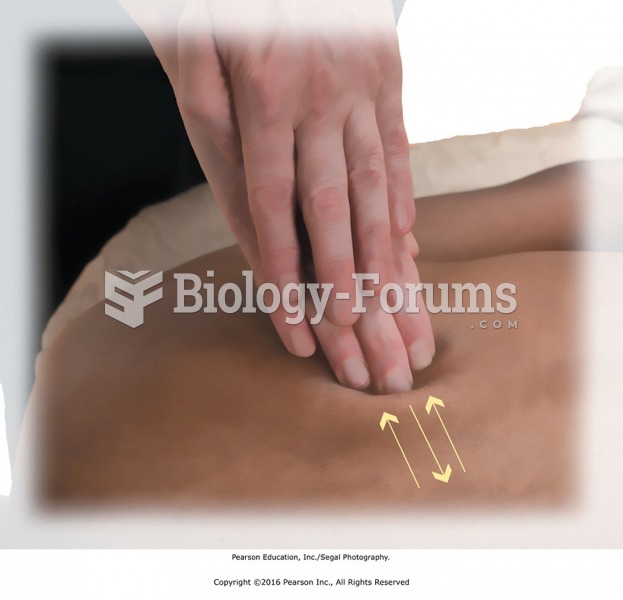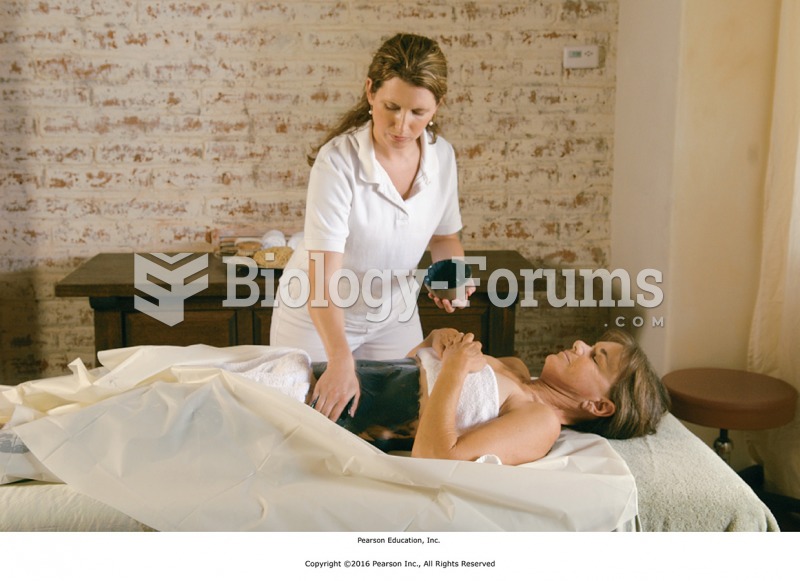|
|
|
Did you know?
Approximately 70% of expectant mothers report experiencing some symptoms of morning sickness during the first trimester of pregnancy.
Did you know?
Women are 50% to 75% more likely than men to experience an adverse drug reaction.
Did you know?
Everyone has one nostril that is larger than the other.
Did you know?
Many people have small pouches in their colons that bulge outward through weak spots. Each pouch is called a diverticulum. About 10% of Americans older than age 40 years have diverticulosis, which, when the pouches become infected or inflamed, is called diverticulitis. The main cause of diverticular disease is a low-fiber diet.
Did you know?
Eat fiber! A diet high in fiber can help lower cholesterol levels by as much as 10%.







